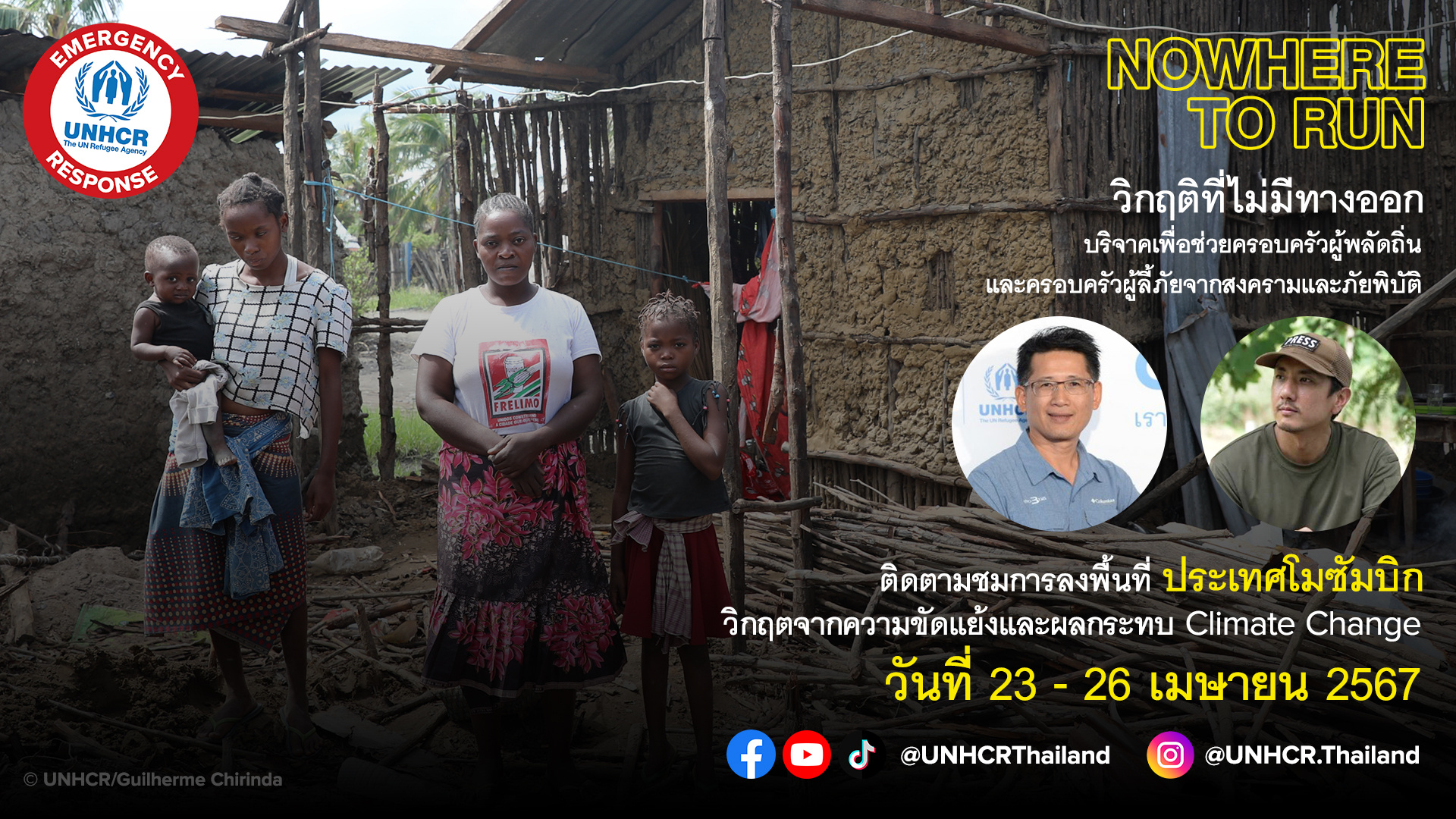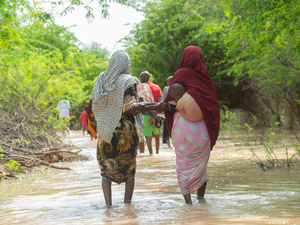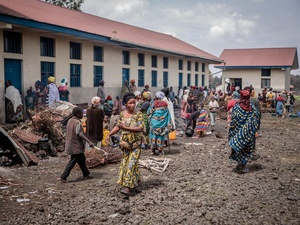"NOWHERE TO RUN" Climate change and displacement
"NOWHERE TO RUN" Climate change and displacement

Climate change and displacement
Refugees, internally displaced and stateless people are on the frontlines of the climate crisis. UNHCR is working to protect them and strengthen their resilience to its current and future impacts, while also reducing our own environmental footprint.
The climate crisis is amplifying displacement and making life harder for those already forced to flee.
Climate change and displacement are increasingly interconnected. As extreme weather events and environmental conditions worsen with global heating, they are contributing to multiple and overlapping crises, threatening human rights, increasing poverty and loss of livelihoods, straining peaceful relations between communities and, ultimately, creating conditions for further forced displacement.
The majority of people forcibly displaced by persecution, conflict and violence today live in countries that are highly vulnerable and ill-prepared to adapt to climate change.
Displaced populations frequently have no option but to live in remote locations, in overcrowded camps or informal settlements, with limited access to basic services or infrastructure and where they are highly exposed and vulnerable to climate hazards like floods, drought, storms and heatwaves. In addition, the climate crisis is disrupting livelihoods and making it more difficult for displaced people to become self-sufficient. Climate impacts can also escalate tensions and conflicts over vital resources like water, fuel and arable land, threatening peaceful coexistence between displaced populations and host communities.
Most refugees and internally displaced people also come from highly climate-vulnerable countries where weather shocks and worsening climatic conditions add to the challenges that make sustained peace and safe return difficult to achieve.
Without help to prepare for, withstand, and recover from climate-related shocks and stresses, they also face increased risks of becoming displaced again. Addressing climate change as a root cause of displacement is crucial to breaking this cycle and finding lasting solutions.
UNHCR's response to the climate crisis.
Learn more about UNHCR’s work on climate change https://www.unhcr.org/what-we-do/build-better-futures/climate-change-and-displacement
Give 10 THB today
to support building Resilient Home for families forced to flee and protect them from extreme weather related to climate change
Bank: Siam Commercial Bank (SCB)
Account number: 004-225-8596
Account name: UNHCR SPECIAL ACCOUNT
or donate via website at https://unh.cr/66225412cf to help families from Climate change and displacement at "NOWHERE TO RUN" campaign.










